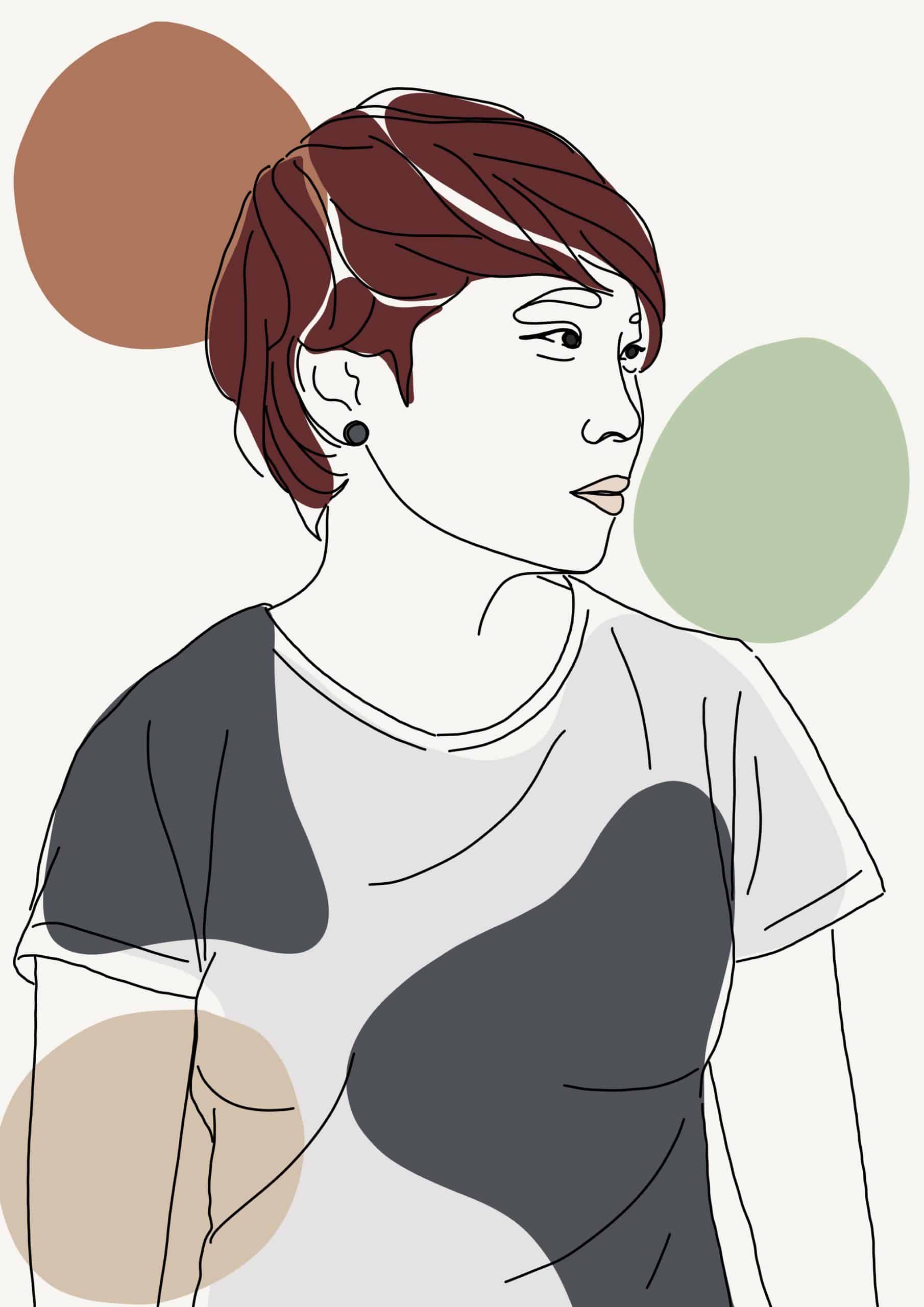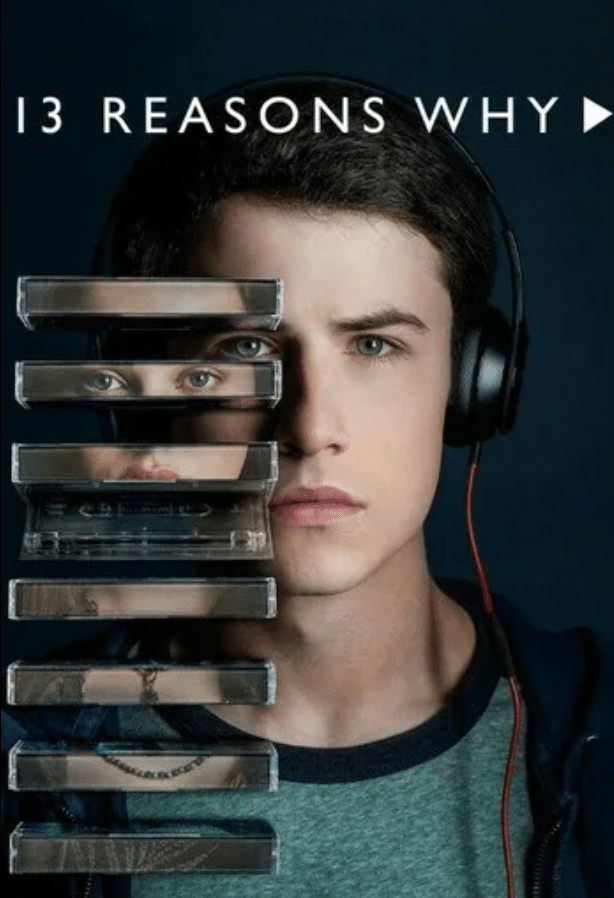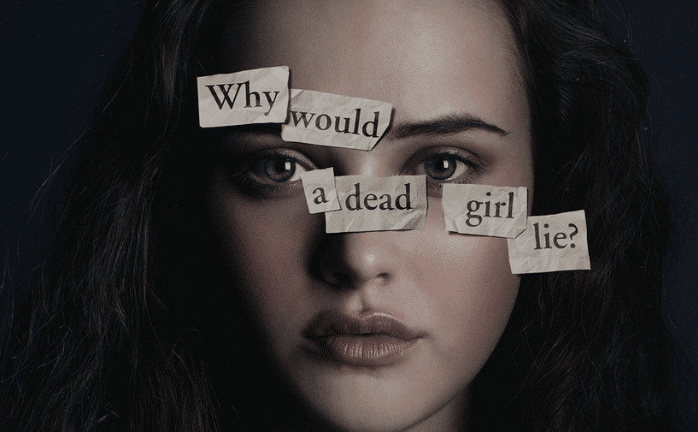Table of Contents
Disclaimer: This article reflects the personal opinions and insights of the author and does not necessarily represent the views or stance of A Space Between. Individual responses to media content may vary, and readers are encouraged to form their own perspectives while considering diverse opinions on the subject.
Introduction
As someone deeply engaged in discussions around mental health, the Netflix series “13 Reasons Why” has been a thought-provoking journey for me. The show has sparked some heated debates, especially when it comes to mental health, and more specifically, suicide. I want to share my thoughts on this, digging into how the show handles these tough topics and whether it might affect people more than we think.
Unraveling Mental Health in “13 Reasons Why”
“13 Reasons Why” tries to tackle the heavy stuff teenagers deal with, like bullying and sexual assault. It introduces us to a bunch of characters navigating the messiness of growing up. But, there’s a big elephant in the room – that graphic suicide scene in Season 1. It got people talking, and not necessarily in a good way.
For me, I appreciate the show shedding light on mental health challenges, but it also makes me wonder about the impact of such in-your-face scenes, especially for those already struggling.
Navigating the Impact of Suicide Portrayal
Let’s get real; media has a massive say in how we see the world. When it comes to something as heavy as suicide, the way it’s shown on screen matters a lot. Some say the show glamorises it or makes it seem simpler than it really is. Studies even suggest that watching these scenes can mess with vulnerable individuals.
I can’t help but think – how responsible is it to portray something so sensitive in such a graphic way? It’s a topic that needs delicate handling, and “13 Reasons Why” throws it into the spotlight.
Normalising the Unthinkable:
When a popular show like “13 Reasons Why” presents suicide in such a graphic manner, it can accidentally normalise this unthinkable act. Vulnerable viewers might perceive it as a plausible solution to their problems, especially when they identify with the characters. This normalisation raises concerns about the potential glamorisation of suicide.
Oversimplifying Complexities:
Critics argue that the show oversimplifies the complexities of mental health, reducing them to dramatic plot points. This oversimplification can lead to a lack of understanding about the real struggles people face, perpetuating stereotypes rather than fostering empathy.
Impact on Vulnerable Audiences:
Research indicates that exposure to suicide in the media can have a significant impact on vulnerable individuals, particularly those already dealing with mental health issues. Such portrayals can contribute to increased suicidal thoughts and behaviours, creating a ripple effect on the well-being of viewers. The explicit nature of the scenes may trigger distress, making it crucial to consider the potential harm inflicted on those in a fragile mental state.
Contagion Effect:
The phenomenon of suicide contagion, where exposure to suicide can trigger imitation, is a serious concern. Graphic depictions may inadvertently contribute to this contagion effect, especially among individuals who are susceptible to external influences. This underscores the need for responsible storytelling that prioritises the mental health and safety of viewers.
The Role of Media Responsibility:
Media, as a powerful influencer, bears a significant responsibility in shaping societal attitudes. “13 Reasons Why” serves as a case study on how media can either positively contribute to mental health conversations or pose risks to vulnerable individuals. Responsible storytelling requires a balance between narrative and social responsibility.
Triggering Worries
One big worry is how the show might trigger some serious issues for viewers, especially those already battling their own demons. Seeing explicit self-harm and suicide isn’t easy, and it got me thinking – do we need more warnings about the heavy stuff before diving into these shows?
Understanding these triggering concerns is vital. We need to talk about it, create awareness, and let people know there’s help out there.
A Personal Plea for Responsible Storytelling
The creators behind the scenes hold a powerful card – they shape how we see the world. When it’s something as sensitive as suicide, it’s not just about storytelling; it’s about being responsible. “13 Reasons Why” is like a wake-up call, making us question how creators handle mental health narratives.
Shouldn’t they consider the impact their stories have on people? It’s a big responsibility, and this show pushes us to ask more from content creators.
Encouraging Safe Discussions
While the series acts as a conversation starter, it also makes me wonder how we’re addressing these issues in real life. Breaking the silence is a collective responsibility. By sharing our own experiences and listening to others, we contribute to dismantling the stigma surrounding mental health, creating a culture of compassion and understanding.
The portrayal of mental health struggles on screen is a shared responsibility between creators and consumers. As viewers, we must conscientiously consume media, advocating for nuanced depictions that prioritise authenticity over sensationalism. This extends beyond critique; it involves actively supporting content that aligns with responsible storytelling standards.
The relationship between media creators and consumers is symbiotic. “13 Reasons Why” urges us to recognise our agency as viewers, endorsing content that contributes positively to the mental health narrative. In this two-way street, our choices as consumers become a catalyst for shaping a media landscape that prioritises mental health responsibly.
Let’s be mindful consumers.
A Personal Takeaway
As I wrap up my thoughts on “13 Reasons Why” and its dive into mental health, it’s less about dissecting a TV show and more about what hits home for us as viewers.
After watching, I’m left questioning not just the creators but my own role in the mental health conversation. It’s not just a show; it’s a nudge for us to be smarter viewers and champions for better storytelling.
So, post-“13 Reasons Why,” my ask is simple: let’s move beyond critiquing plots. Instead, let’s join in on a journey of awareness. By talking openly, demanding thoughtful storytelling, and understanding mental health better, we actively shape a society that gets it.
This isn’t just on the folks behind the scenes; it’s on us—the viewers. Our choices matter. We can reshape how mental health is portrayed by backing stories that keep it real. As we navigate this two-way street, our decisions become a force for positive change.
“13 Reasons Why” has made us think, stirred emotions, and pushed us to figure out how to balance entertainment with responsibility. Let’s not just chat about the show; let’s genuinely spread awareness. By learning more about mental health, talking about our feelings, and pushing for responsible storytelling, we become key players in creating a kinder society.
As we stroll down this path, let’s be smart viewers, cheering for stories that feel real and relatable. The show threw down the challenge, and we’re responding, actively shaping the ongoing dialogue about mental health. It’s not just TV; it’s a catalyst for change in our lives and the world around us.
A Word from A Space Between
If you or someone you know is struggling with mental health, seek help. Explore our Find A Therapist Directory for professional support. Remember, seeking help is a sign of strength.
Sources
https://www.monmouth.edu/school-of-social-work/documents/2018/05/questionstoaskchildren13reasonswhyfordiscussion.pdf/

Joy Lee, a mental health documentary filmmaker and advocate, combines her background in film production with a deep interest in the interplay between mental health and storytelling. Her journey began in film production, revealing the profound impact visual storytelling has on societal perceptions. Specialising in documentaries, Joy dedicates her career to illuminating the intricacies of mental health, challenging stigmas, and fostering empathy and understanding. Through her work, she aims to contribute to nuanced conversations about mental health in media and popular culture.





